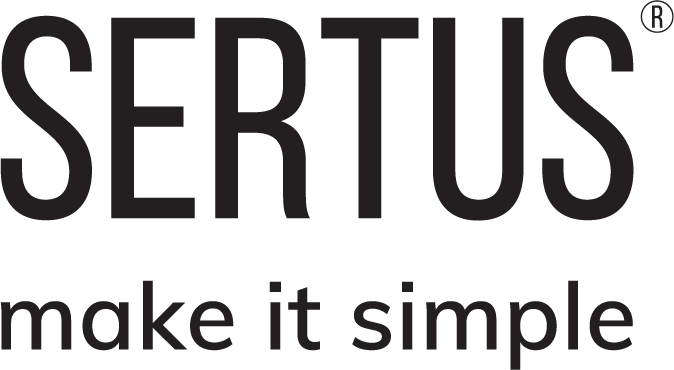What is the correct construction for smoke shafts?
In May 2024, the SCA released a guidance document that proposed only using EN1366-8 tested ducts for smoke control shafts, which in turn prohibits the use of gypsum-based shaft wall constructions for the application in a vertical smoke shaft. This was further reinforced by the ASFP, who released their Advisory Note 36 in March of 2025, confirming that materials and products used for smoke control shafts should be tested to the standards outlined in EN12101-7, with the only satisfactory alternative to this being a fully enclosed blockwork or concrete shaft lined for air leakage.
This presented major challenges due to the changes required to the universally accepted methods of construction for smoke control shafts in the construction industry. The normal ‘Shaftwall’ solution is no longer allowable because of it not being a proven or tested product when used in a pressured system, and therefore the original benefit to this system of being “easier and safer to install” is completely out of the window.
In light of these challenges, over the last 12 months we have seen a migration over to a blockwork wall being the preferred solution for vertical smoke control shafts; it has the benefit of maintaining a dry-fit installation (similar to a Shaftwall solution), utilising trades on site that are already present, and with minimal impact on product classification and added compliance complexity.
The original proposition from the SCA guidance to utilise fully compliant smoke control duct is still a topic of major deliberation for new projects. The significant change to existing construction methods, complex and restrictive compliance options, and unproven commercial implications have meant there remains some uncertainty around the best implementation of a tested EN1366-8 smoke control duct.
If you consider this challenge on top of the changes resulting from the Building Safety Act 2022, the changes from single to two-stair buildings and the updates in the BS9991:2024 amendment, it’s clear to see why we’ve seen such an increase in early engagement for multi-storey residential and commercial projects, and more specifically around the application of smoke control dampers into shafts.
